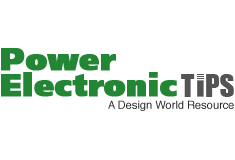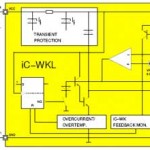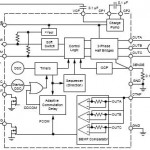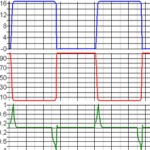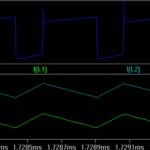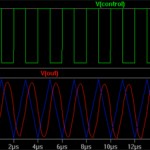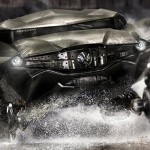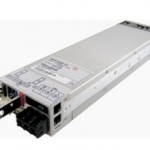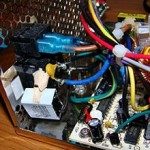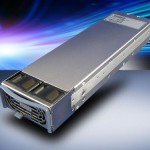Laser diodes come in a wide range of types and power. They are in DVD and CD players and writers, used in fibre-optic communications, visible laser pointers, distance measurement, printers, medicine and industry. The main decision points are: wavelength power pulsed or continuous. Wavelength depends on the application. If you want the laser as a […]
Commentary
Choosing a brushless DC motor driver
By Chris Francis Brushless DC motors (BLDC motors) are quite different to drive compared to brushed DC motors. With a brushed DC motor you simply apply a voltage or pulse width modulated voltage and the motor will start turning (if possible) and increase speed with reducing torque until the torque/speed match the load. A brushless […]
Biasing bipolar transistor circuits
Bipolar transistors used in linear applications need “biasing”, as do other transistors (JFET, MOSFET) when used for linear applications rather than as switches. When used as a “switch” you simply want the transistor to be ON or OFF and don’t really care about having in-between states, although when you are switching high power or switching […]
MOSFET Drivers – what are they and why do we need them?
There are a lot of MOSFET drivers around these days. MOSFET drivers often contain MOSFETs themselves. There are several reasons for needing MOSFET drivers: Drive current – MOSFETs can have very high gate capacitance. For example, the IRF530NS from International Rectifier is a 90mW device which can withstand 17A continuous drain current at 100V and […]
Switching regulator fundamentals – the SEPIC converter
OK, so maybe it’s not the logical follow-on from the buck converter but nevertheless a useful converter and probably a bit more interesting than the boost converter. The SEPIC – Single Ended Primary Inductance Converter – is useful because while a buck converter allows you to step down the voltage and a boost converter allows […]
Switching regulator fundamentals – the buck converter
By Chris Francis Switching regulators are everywhere – buck, boost, SEPIC, Cuk, flyback etc. They are for converting power from one voltage to another in a relatively efficient manner. Whereas with a linear regulator you might lose 50% of the power or more in heat, switching regulators can reach efficiencies of close to 100% for […]
8 Inventions electronically inspired
Electrical engineering components are everywhere and is used in many platforms on a daily basis. Here are some things that EEs have designed and created with power, automation, microelectronics, communication, and computer engineering techniques. The Hand of Man The perfect way to crush cars by hand was created in 2007, by Christian Ristow, an artist […]
Six useful videos about power supplies
There are some useful videos on power supplies, ranging from computer usage to fundamental background in circuit design. This is my list of videos that were brief and impressive. Converting computer ATX power supply to lab bench power supply was a nice video that gave background information on how and why to wire the supplies […]
Six useful articles about power supplies
As an Electrical Engineering Editor, I read quite a bit. So, I decided to see what articles have been written about power supplies that are worth noting. Here is my list that I have compiled. TDK Corporation has a great site for power supply information. Power Topics for Power Supply Users is a page to […]
Power supply products online search…easy or difficult?
As an electrical engineer, there are certain things that I look for when searching for a product online. It does not matter if the product is a component or power supply, the first thing I seek are specifications or data/technical sheets. I wondered how easy is it to find power product information. Inquisitively, I put […]
